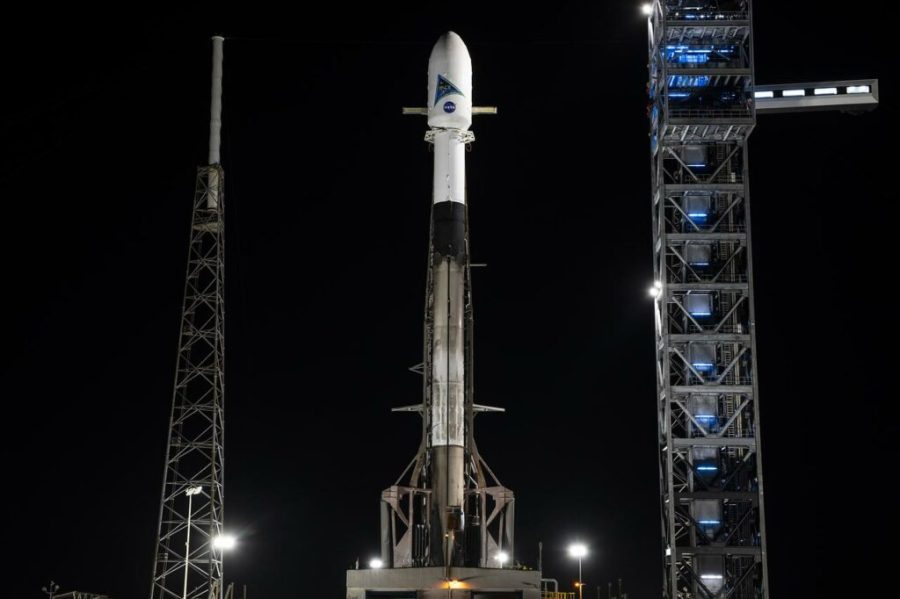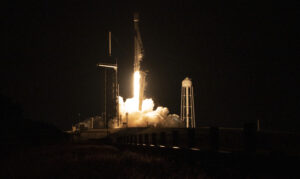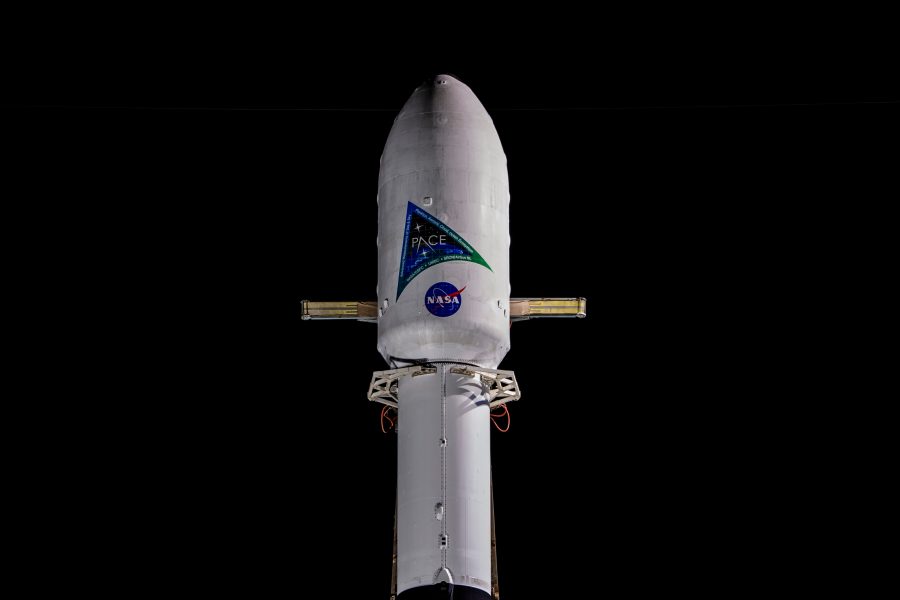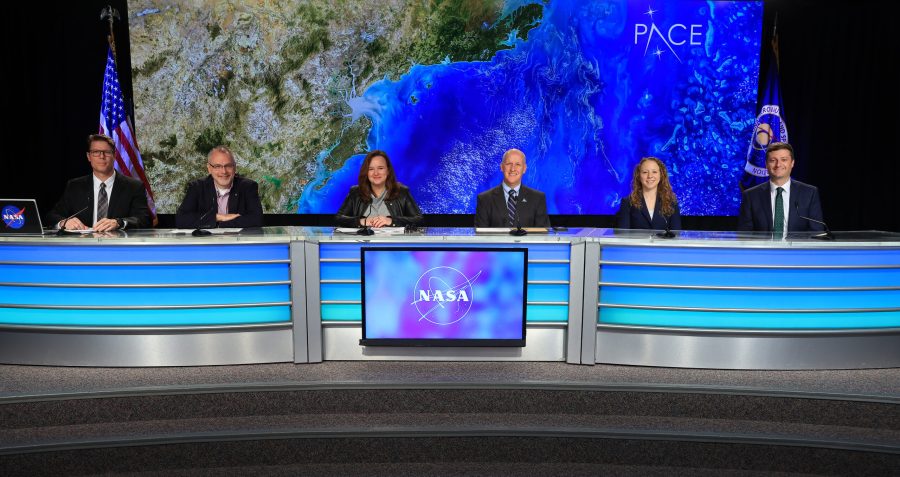NASA and SpaceX are standing down from the Tuesday, Feb. 6 launch of the agency's Plankton, Aerosol, Cloud, ocean Ecosystem (PACE) mission due to unfavorable weather conditions. NASA and SpaceX are now targeting launch at 1:33 a.m. EST Wednesday, Feb. 7, from Space Launch Complex 40 at Cape Canaveral Space Force Station in Florida. Both …
Weather Delays Launch of NASA’s Ocean, Atmosphere, Climate Mission
































